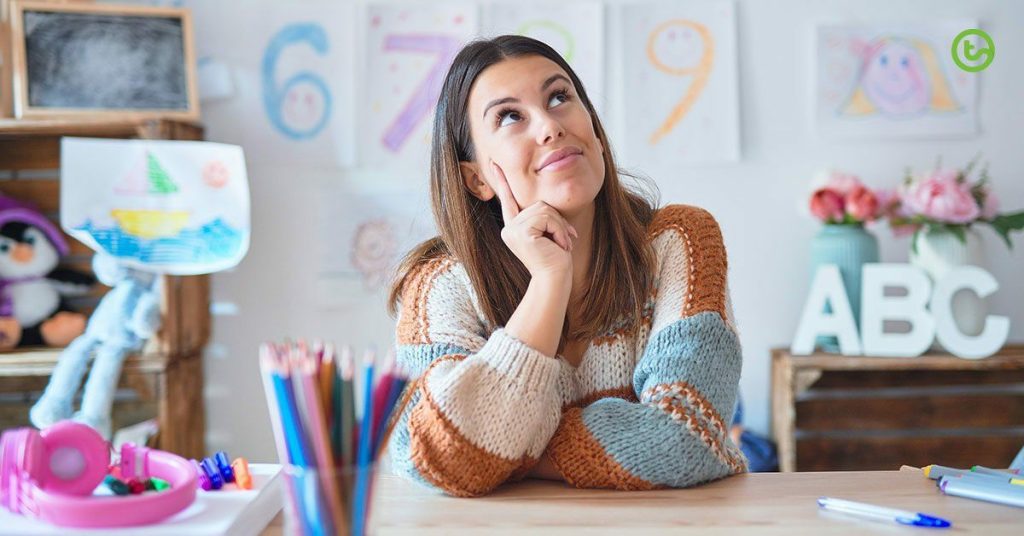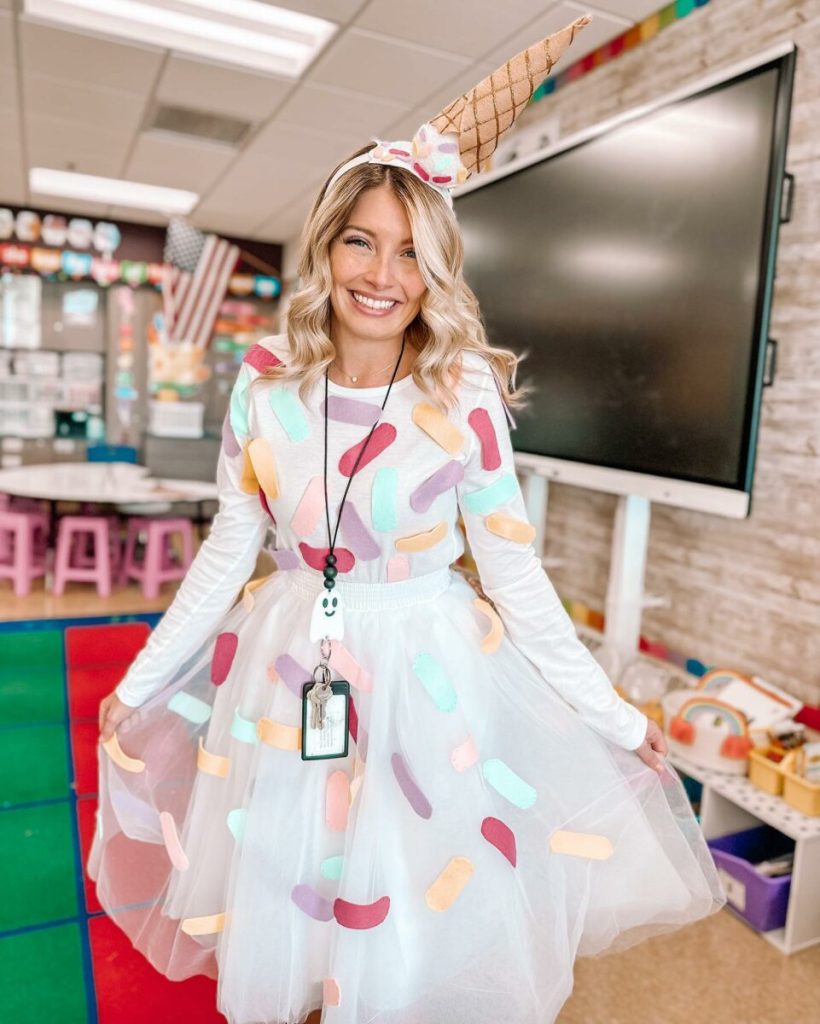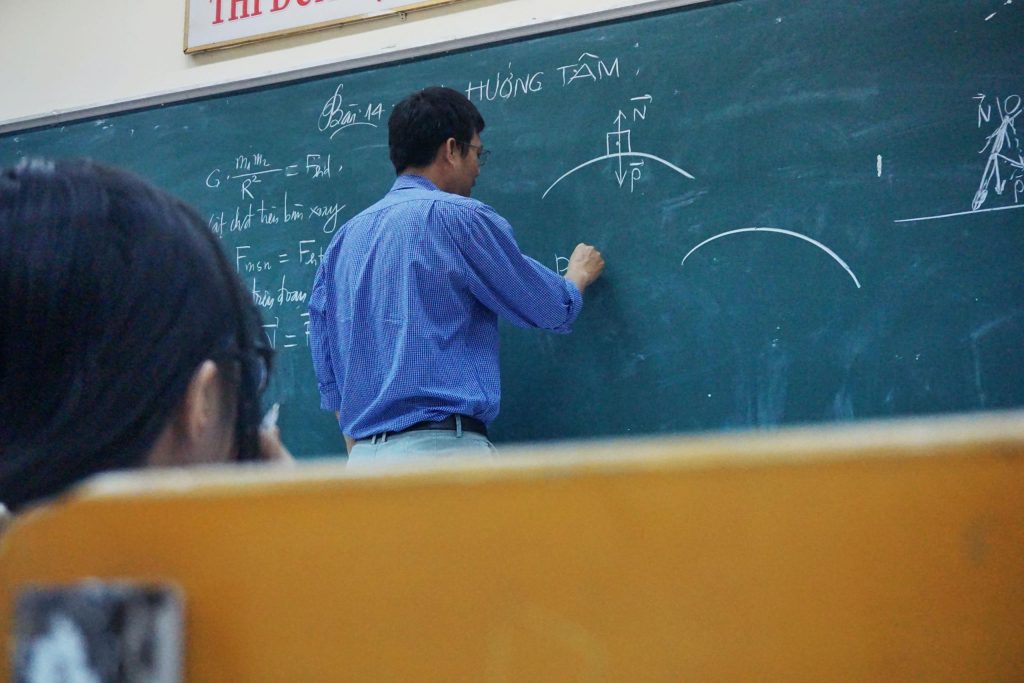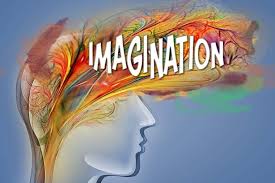As an educator, you’re on your feet for much of the day—lecturing in front of a whiteboard, strolling among student desks, supervising playgrounds, and at times, even running down the hallways. Thus, investing in the right shoes is not just a matter of fashion but essential for comfort and foot health. Herein lies the ultimate guide to teacher shoes that don’t sacrifice comfort, fun, or fashion.
Comfort Above All
The paramount consideration for teacher shoes should be comfort. This means shoes that support not only the foot but also the arch and ankle. Look for features like cushioned insoles, supportive outsoles, and breathable materials. Brands like Clarks, Skechers, and Hush Puppies are renowned for constructing shoes with comfort in mind. Memory foam insoles and shock-absorbing soles will make standing all day feel less strenuous.
Durability Matters
Given that teachers spend around 1,000 hours per school year on their feet, durability becomes crucial. Shoes made from strong leather or high-grade synthetic materials can stand the test of time and activity. Soles should be sturdy enough to handle frequent walking across a variety of surfaces—from classroom carpets to playground asphalt.
Safety First
Many schools have policies requiring closed-toe footwear to maintain a safe learning environment. Thus, options like slip-on sneakers or Mary Janes are popular. Additionally, non-slip soles are important to prevent slipping on slick floors—a common hazard in busy school environments.
Make it Fun
Who says comfortable can’t be stylish? Many teachers opt for shoes that add a pop of color or a playful pattern to their outfit. Brands like Toms and Vans offer a variety of colors and prints that reflect personality without sacrificing comfort or appropriateness for the classroom setting.
Fashion That Teaches
The best teacher shoes can subtly model good fashion sense for students while staying professional. Ballet flats with unique details or classic loafers can spell sophistication and inspire style among young minds. Roping in the current trends with ankle boots or sophisticated mules could also make quite the style statement while keeping things classroom-appropriate.
Sneakers with A Twist
For those more casual days or when an extra dose of energy is needed—for example during field trips—sneakers might just be the ticket. However, go beyond the basic sneaker — think slip-on styles with metallic finishes or sporty-chic models that pair well with both slacks and skirts.
In conclusion, as a teacher, your shoes should be an extension of your professional self—practical, comfortable, but full of personality. Whether you’re gravitating towards cushioned ballet flats that offer all-day ease or snazzy sneakers that put a spring in your step during recess duty; make sure your footwear checks off all boxes: comfort, fun, and fashion. After all, happy feet make for a happy teacher—meaning happy students!











